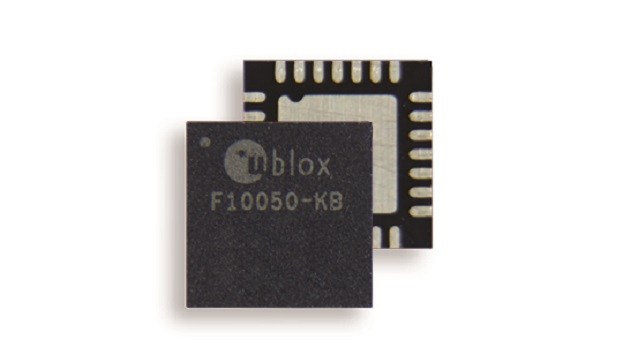
Researchers at The Australian National University (ANU) and The University of Sydney have developed a world-first radio-tracking drone to locate radio-tagged wildlife.
Lead researcher Dr Debbie Saunders from the ANU Fenner School of Environment and Society said the drones have successfully detected tiny radio transmitters weighing as little as one gram. The system has been tested by tracking bettongs at the Mulligan’s Flat woodland sanctuary in Canberra.
“The small aerial robot will allow researchers to more rapidly and accurately find tagged wildlife, gain insights into movements of some of the world’s smallest and least known species, and access areas that are otherwise inaccessible,” Dr Saunders said.
“We have done more than 150 test flights and have demonstrated how the drones can find and map the locations of animals with radio tags.”
Researcher Oliver Cliff, from the Australian Centre for Field Robotics (ACFR) at the University of Sydney, said the technology had generated international interest.
“Lots of people are trying to do this. It is not an easy process, but we believe we’ve come up with a solution,” he said.
“We’ve had interest in our system from all around the world. We are still doing some fine tuning but we’ve achieved more than has ever been done before, which is exciting.”
The system consists of an unmanned aerial vehicle (UAV), equipped with a custom-built miniature receiver and antenna to detect the real-time information on radio-tracked wildlife, which is mapped live on a wirelessly connected computer.
ANU Associate Professor Adrian Manning, also from the Fenner School of Environment and Society, has helped the team by attaching VHF and GPS collars on bettongs at Mulligan’s Flat in the Australian Capital Territory.
“Radio tracking of collars manually is very time consuming,” Associate Professor Manning said.
“Early indications are that the drones could save a huge amount of time. If you have two operators working and they can put the drone up in two bursts of 20 minutes, they can do what would take half a day or more to do using ground methods.”













